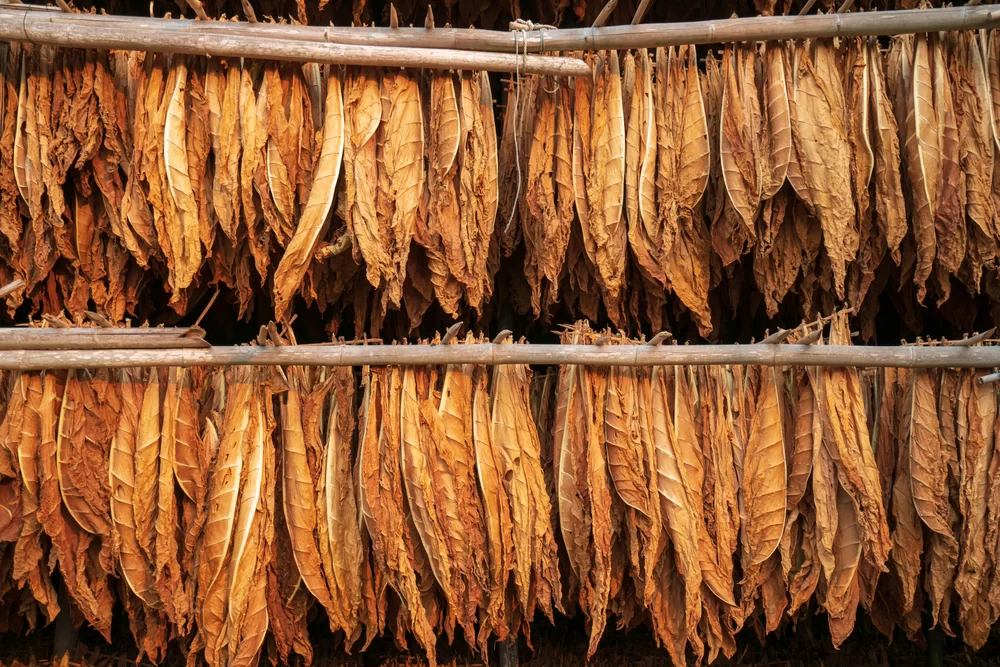Vision
With the National Tobacco Museum, a cultural-touristic anchor point in the town of Wervik, we express the ambition to become a centre of knowledge on the history of tobacco, mainly in Belgium, with offshoots to the Netherlands, Luxembourg and Hauts-de-France. The National Tobacco Museum is not only a meeting place where past and present critically interact. The National Tobacco Museum also wants to be an institution where due attention is paid to the safeguarding, maintenance and research of the tobacco heritage. This includes attention to movable, immovable and intangible heritage.
Mission
In the museum we want to give visitors a picture of the
- historical, social and economic significance of the Belgian tobacco industry with a special focus on cultivation, artisanal processing, retailing and publicity & smuggling;
- the importance of the Wervik region for Belgian tobacco growing;
- changing attitudes around tobacco consumption;taking a critical look at the mechanisms of (tobacco) addiction
We want to do the above through experience and confrontation. We hope to offer visitors to the National Tobacco Museum an overview of how the tobacco industry, in all its facets, has developed in recent decades. Many people earned their income from growing, processing tobacco and selling tobacco products. Who were these people, why did they choose tobacco, how was it publicised, …?We also take a critical look at the story of changing attitudes and look at the evolution in awareness of the dangers surrounding tobacco use.
We also ensure with the museum
- the professional preservation and management of heritage objects related to tobacco;
- the unlocking of the tobacco heritage;
- the targeted collection and disposal to keep the ‘tobacco collection’ relevant;
- the stimulation through research so that knowledge about the collection and the theme increases.
As a heritage institution, the museum naturally wants to build, manage and open up a collection, whether archival, scientific or museological. With the museum, we mainly focus on movable and intangible heritage. In the case of immovable heritage, we mainly focus on advice and information, where possible. Together, movable and immovable heritage form the core of the story of the National Tobacco Museum.We also want to build a heritage community that forms the link between the collection and people. We do this together with administrators and experts. In collecting and opening up, we remain mindful of the social and critical role that a museum should play as a heritage institution.
The National Tobacco Museum also aims to introduce visitors from Belgium and neighbouring countries to the Belgian tobacco heritage, with a nod to the Netherlands, Luxembourg and Hauts-de-France. We want to do this in an attractive and interactive way so that the story can not only be read and seen but also experienced, felt and heard.
Our field of vision is broad, but in the museum set-up we want to focus first and foremost on the changing mentality and growing insights into the theme of tobacco. We will keep the focus on the Belgian story while not losing sight of global developments. In addition, visitors will be introduced to four major themes: the cultivation of Belgian tobacco, but mainly Wervik tobacco; the processing of tobacco in one of the many small and medium-sized businesses in our region and country, in contact with internationalisation in recent decades; the commercial part with the retail trade in the forefront and the role of publicity and the supply of tobacco products; tobacco smuggling in the border region.
Within the context of the story of tobacco, it is not always easy to be neutral. Therefore, we are working to create a cultural heritage community where individuals, organisations and institutions can engage with each other. With historical narratives and scientific insights, we do not want to lapse into nostalgia but just be relevant in the social debate. In this spirit, we can inform future generations about a complex history that is still being shaped today.
